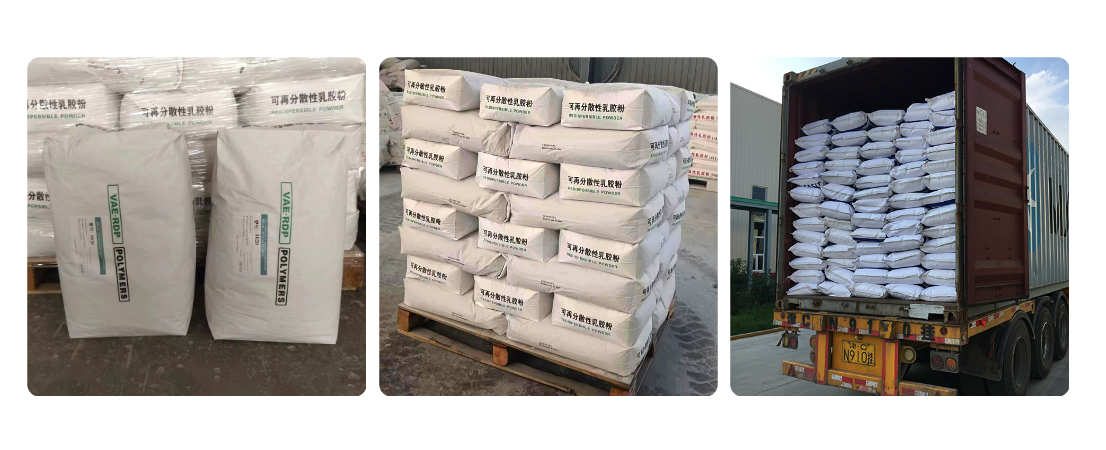
Nov . 22, 2024 10:59 Back to list
hpmc meaning
Understanding HPMC Meaning, Applications, and Significance
Hydroxypropyl Methylcellulose, commonly referred to as HPMC, is a semi-synthetic polymer derived from cellulose, the most abundant organic polymer on Earth. Its unique properties make it a versatile ingredient used across various industries, notably in pharmaceuticals, food, construction, and cosmetics. This article explores the meaning, applications, and importance of HPMC in different sectors.
What is HPMC?
HPMC is produced by chemically modifying cellulose, the natural polymer found in plant cell walls. The process involves the substitution of hydroxymethyl and hydroxypropyl groups onto the cellulose molecule, resulting in a compound that exhibits remarkable solubility in water and film-forming capabilities. HPMC is typically presented as a white to off-white powder that is odorless and tasteless, making it an ideal additive in various formulations.
Applications of HPMC
1. Pharmaceutical Industry
One of the most significant applications of HPMC is in the pharmaceutical realm. It serves as a binder, thickener, and film-coating agent in tablet formulations. HPMC can enhance the stability of drugs and control the release rates of active ingredients, thereby contributing to the development of extended-release formulations. Its biocompatibility and non-toxic nature make HPMC a preferred choice for pharmaceutical excipients.
2. Food Industry
In the food industry, HPMC is used as a thickener and emulsifier. Its ability to retain moisture and improve texture makes it a popular ingredient in various food products, including sauces, dressings, and dairy items. HPMC is also utilized in gluten-free products, where it can enhance the elasticity and cohesiveness of the food matrix, mimicking characteristics typically provided by gluten.
hpmc meaning

3. Construction Industry
.
HPMC plays a vital role in the construction sector, particularly in the formulation of tile adhesives, mortars, and other cement-based materials. Its water retention properties improve the hydration of cement, ensuring better strength and workability. Additionally, HPMC can enhance the open time of mortars, allowing for more extended application periods before drying, which is critical in construction projects.
4. Cosmetic Industry
In cosmetics, HPMC is employed as a thickening agent, stabilizer, and film-former in products such as lotions, creams, and gels. Its ability to create a smooth, even texture while providing a pleasant feel on the skin makes it a popular choice among formulators. HPMC also supports the stability of emulsions, ensuring that oil and water phases remain well-blended over time.
Significance of HPMC
The significance of HPMC transcends its chemical properties and applications; it represents a bridge between natural resources and modern technology. By deriving a synthetic polymer from naturally abundant cellulose, it embodies the potential for sustainable development in industries reliant on synthetic materials. Moreover, the versatility and efficiency of HPMC can lead to improved product formulations, enhancing the overall quality and performance of end products.
Conclusion
In summary, HPMC, or Hydroxypropyl Methylcellulose, is a critical compound with diverse applications across multiple sectors. Its unique characteristics make it invaluable in pharmaceuticals, food, construction, and cosmetics. As industries increasingly seek sustainable and effective solutions, HPMC stands out as a prime example of how harnessing nature can yield innovative products that meet contemporary demands. Understanding its meaning and applications opens the door to recognizing the profound impact it has on everyday life.
-
Versatile Hpmc Uses in Different Industries
NewsJun.19,2025
-
Redispersible Powder's Role in Enhancing Durability of Construction Products
NewsJun.19,2025
-
Hydroxyethyl Cellulose Applications Driving Green Industrial Processes
NewsJun.19,2025
-
Exploring Different Redispersible Polymer Powder
NewsJun.19,2025
-
Choosing the Right Mortar Bonding Agent
NewsJun.19,2025
-
Applications and Significance of China Hpmc in Modern Industries
NewsJun.19,2025







